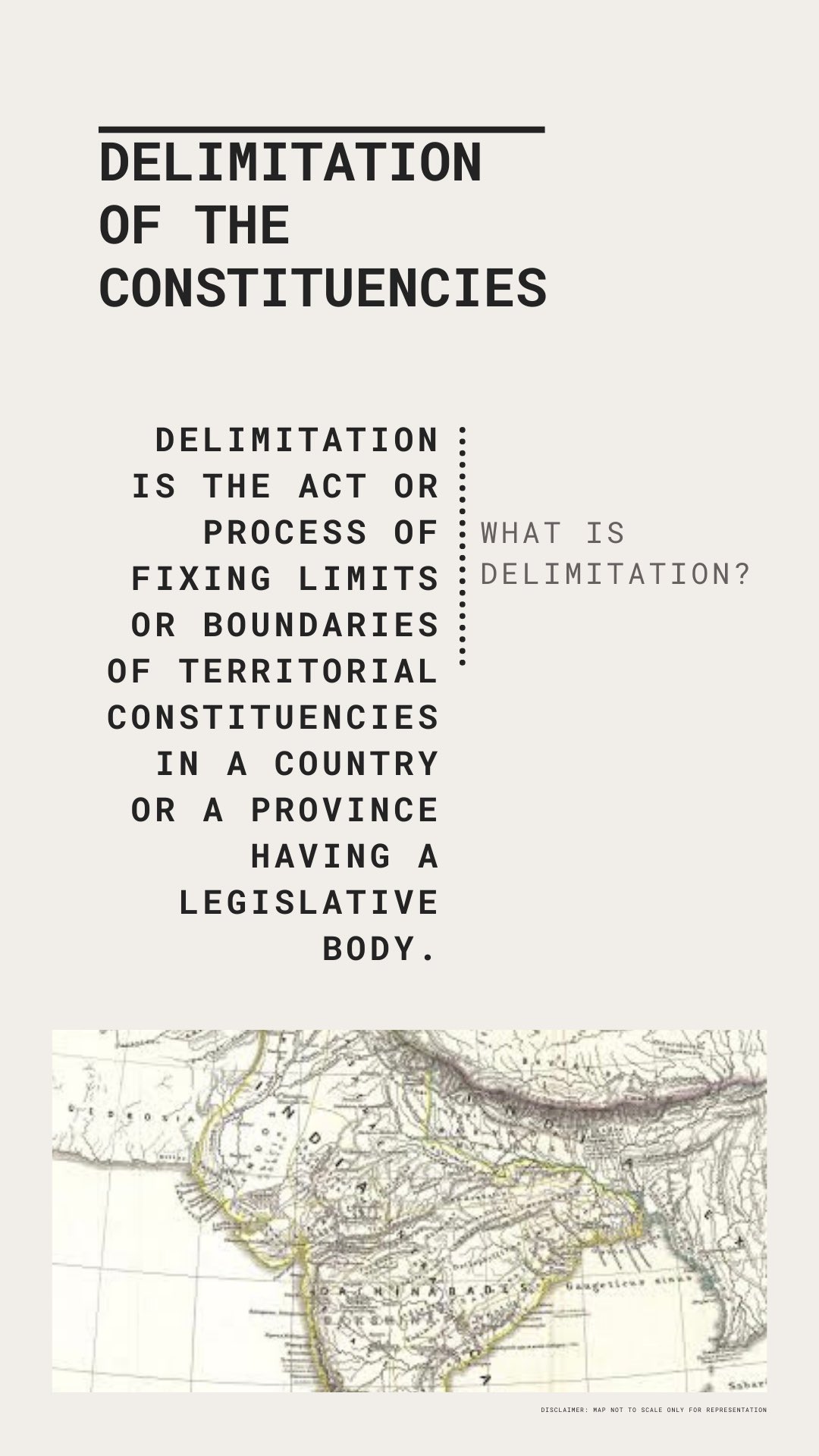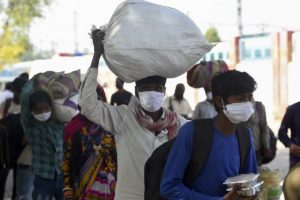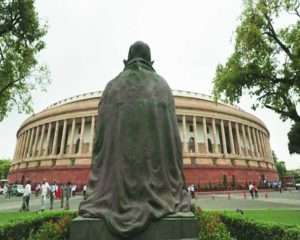The dilemmas of delimitation
By
Dr. T.K. Viswanathan
On Monday, Prime Minister Narendra Modi inaugurated a brand new Parliament Annexe building that will afford our lawmakers more space and enable better functioning. In a few years from now, we might actually need a new building for Parliament altogether due to the likely increase in number of seats in both Houses after the lifting of the freeze imposed by the Constitution (Forty-second Amendment) Act, 1976, which is due in 2026.
But more than the need for a new building, the debate has to centre around issues with constitutional dimensions of far-reaching importance — how these additional seats will be allocated to the States, and how to address the concerns which necessitated the freezing of the allocation of seats on the basis of the 1971 Census figures.
According to Article 81 of the Constitution — as it stood before the Constitution (Forty-second Amendment) Act, 1976 — the Lok Sabha was to comprise of not more than 550 members. Clause (2) of Article 81 provided that for the purposes of sub-clause (a) of clause (1), there shall be allotted to each State a number of seats in the House of the People in such manner that the ratio between that number and the population of the State is, so far as practicable, the same for all States. Further, clause (3) defined the expression “population” for the purposes of Article 81 to mean the population as ascertained at the last preceding Census of which the relevant figures have been published.
As result of this mandate, States which took a lead in population control faced the prospect of their number of seats getting reduced and States which had higher population figures stood to gain by increase in the number of seats in Lok Sabha. To allay this apprehension, Section 15 of the Constitution (Forty-second Amendment) Act, 1976 effected a freeze on the population figure with reference to the 1971 Census (which was 54.81 crore with a registered electorate of 27.4 crore) for the purposes of proviso to Article 81(3)(i) until the relevant figures for the first Census taken after the year 2000 have been published. Section 3 of the Constitution (Eighty-fourth Amendment), Act 2001 extended the deadline from 2000 to 2026.
As a result of the freezing of the allocation of seats, the allocation done on the basis of the 1971 Census continues hold good for the present population figures. According to the 2011 Census, the population of our country stands at 121 crore with a registered electorate of 83.41 crore. Basing the 1971 Census figure of 54.81 crore to represent today’s population presents a distorted version of our democratic polity and is contrary to what is mandated under Article 81 of the Constitution. So when the first Census figure will be available after 2026 — that is, in 2031 — a fresh delimitation will have to done which will dramatically alter the present arrangement of seat allocation to the States in Parliament.
Before addressing the problem of accommodating the increase in numbers, there are more important questions which require to be debated and answers found. First, the concerns expressed by the States in 1976 which necessitated the freezing of seat allocation on the basis of 1971 population figures would appear to hold good even today and have to be addressed to the satisfaction of all stakeholders.
The second question that has to be addressed, which is equally if not more important, is how the Presiding Officers of the Houses/Legislatures will deal with such a large number of members jostling with each other to capture the attention of the Speaker to raise issues in the House. Even with the current strength of 543 members, the Speaker finds it extremely difficult to conduct the proceedings of the House. Members do not show much heed to the entreaties of the Speaker, thereby making smooth conduct of House proceedings a difficult affair. The Speaker’s directions and rulings are not shown proper respect, and disruptions of proceedings aggravate the problem. The sudden increase in numbers will render the task of the Speaker more difficult and onerous.
Third, the Zero Hour, Question Hour and the raising matters of urgent public importance, which are warp and woof our democratic fabric, will be subjected to severe strain because the 60-odd minutes which are available in the morning before the normal legislative business of the House begins will require our Parliament and Legislatures to sit for a longer duration each day during the session as well as have more number of sittings in a year than at present.
While 2026 is still a few years away, if we do not start a debate now on how to deal with the problems that are likely to arise, we will be forced to postpone the lifting of the freeze to a future date as was done in 2001. This will only postpone the problem for which we must find a solution sooner or later. Even the various proposals for electoral reforms which have been recommended by various Commissions over the past decade do not address these issues. These are challenges which our political leaders have to address in the immediate future.
T.K. Viswanathan was Union Law Secretary, Secretary-General of the Lok Sabha and Consultant to President Pranab Mukherjee
This article was published in the Hindu on July 31, 2017
Pranab Mukherjee Foundation has undertaken a research project on ““Redrawing the Electoral Boundaries: The Delimitation of Constituencies






